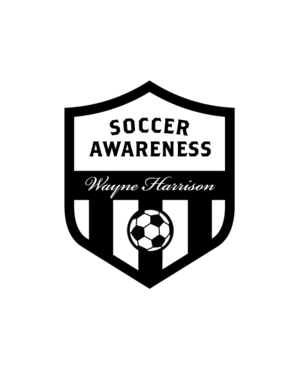Playing in 5 Corridors and 3 Zones Using the 3-3-1-3 for Attacking and Defending Team Shape
/Using Corridors is a great way to work out individual and collective field positioning as a team both offensively and defensively and it also gives players real a “focal point” to work off. We use “Corridors” width wise and then introduce “Zones” lengthwise later. These “focal points of reference” I believe are a great way to really teach players to understand the differences between attacking and defending team shapes both widthwise and lengthwise. A great session to help players identify positional variations, the 4 lines are used as a clear guide widthwise.
Read More























